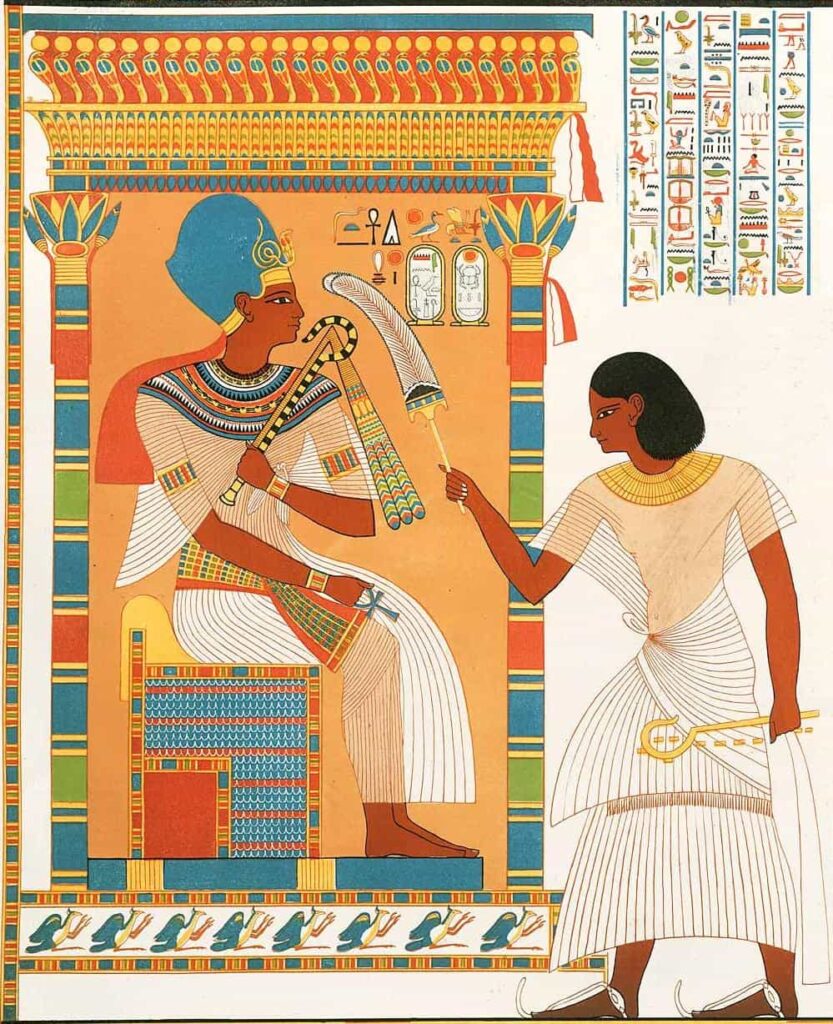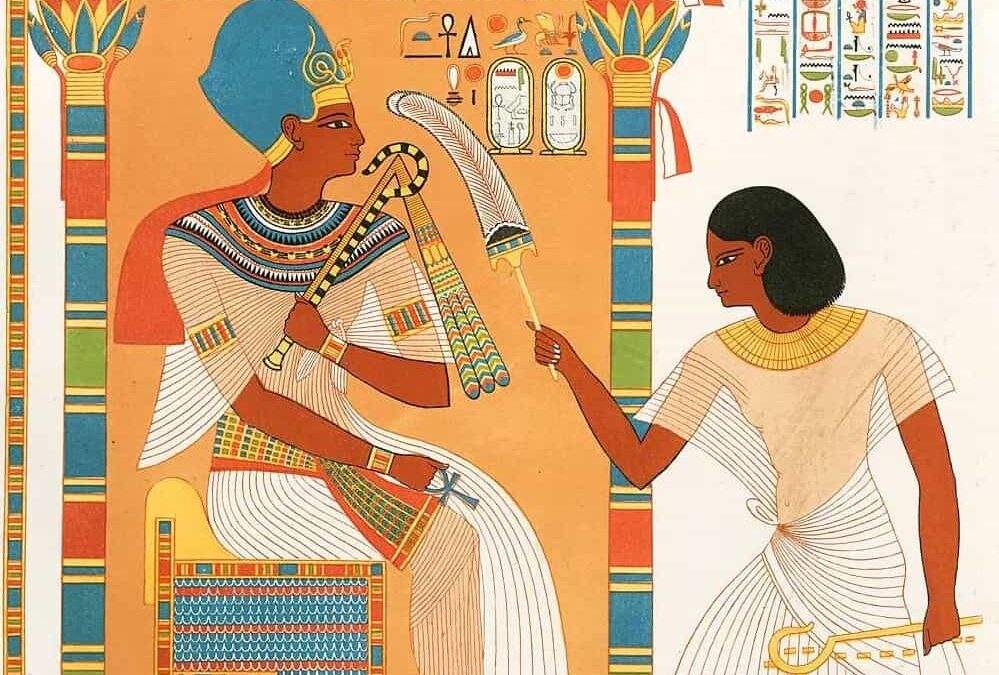The King’s Son of Kush, also known as the viceroy of Nubia, held one of the most crucial positions within the royal administration of ancient Egypt during the New Kingdom.
This role ranked third in importance, following those of the viziers of Lower and Upper Egypt. This role became significant following the annexation of the region by the pharaohs of the 18th dynasty.
At times, a member of the royal family occupied this position, similar to a provincial governor. This role was intimately tied to the military presence controlling the region, which often experienced rebellions, necessitating punitive expeditions.
The primary mission was to secure trade routes and access to the region’s gold mines, which were the two main economic pillars of the Egyptian empire at that time.
The viceroy established his headquarters in Aniba, located in Lower Nubia. His jurisdiction covered the entirety of conquered Nubia, extending up to the fourth cataract of the Nile, and also encompassed areas in southern Egypt. The majority of the viceroys from the New Kingdom era were interred in the necropolis of Thebes.
During this period, ancient Egypt extended its influence from the fourth cataract near Kurgus to the banks of the Euphrates River.
Only this Nubian portion of the empire operated under such a governing system. In other regions under Egyptian control, the pharaonic administration typically supported local rulers in the form of protectorates.
As time passed, the role of the “Royal Son” evolved gradually, especially as the historical trajectory of the New Kingdom faded during the Third Intermediate Period, following the collapse of the system in the Twentieth Dynasty.








